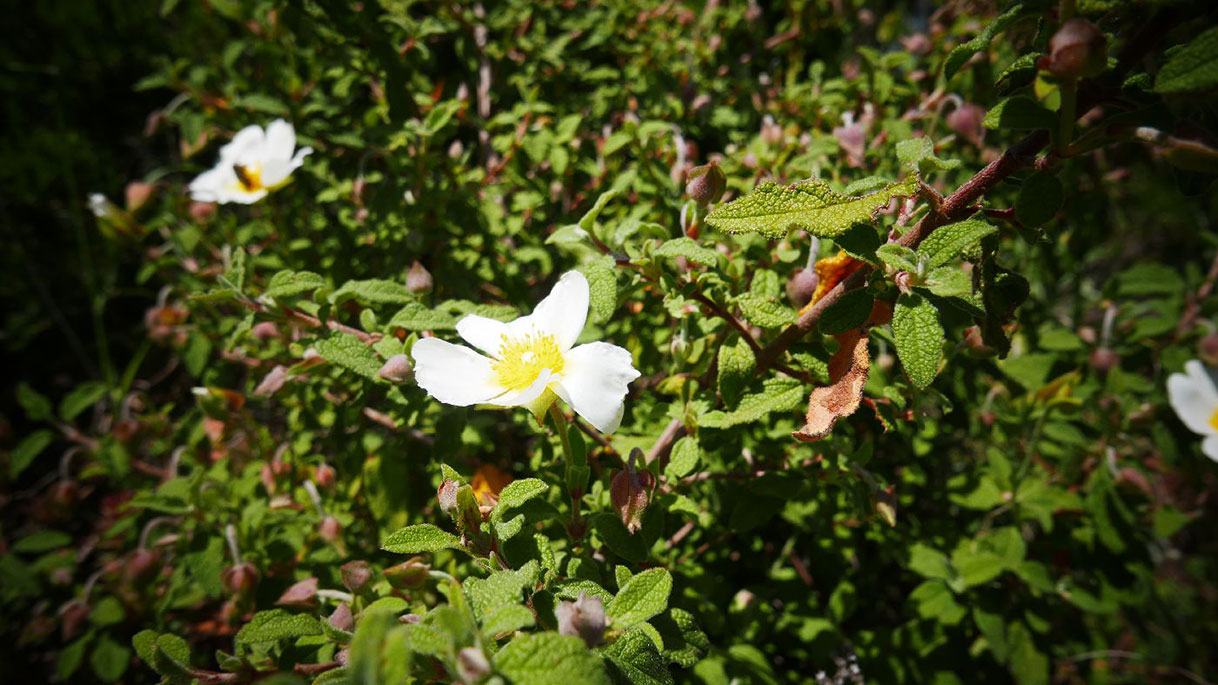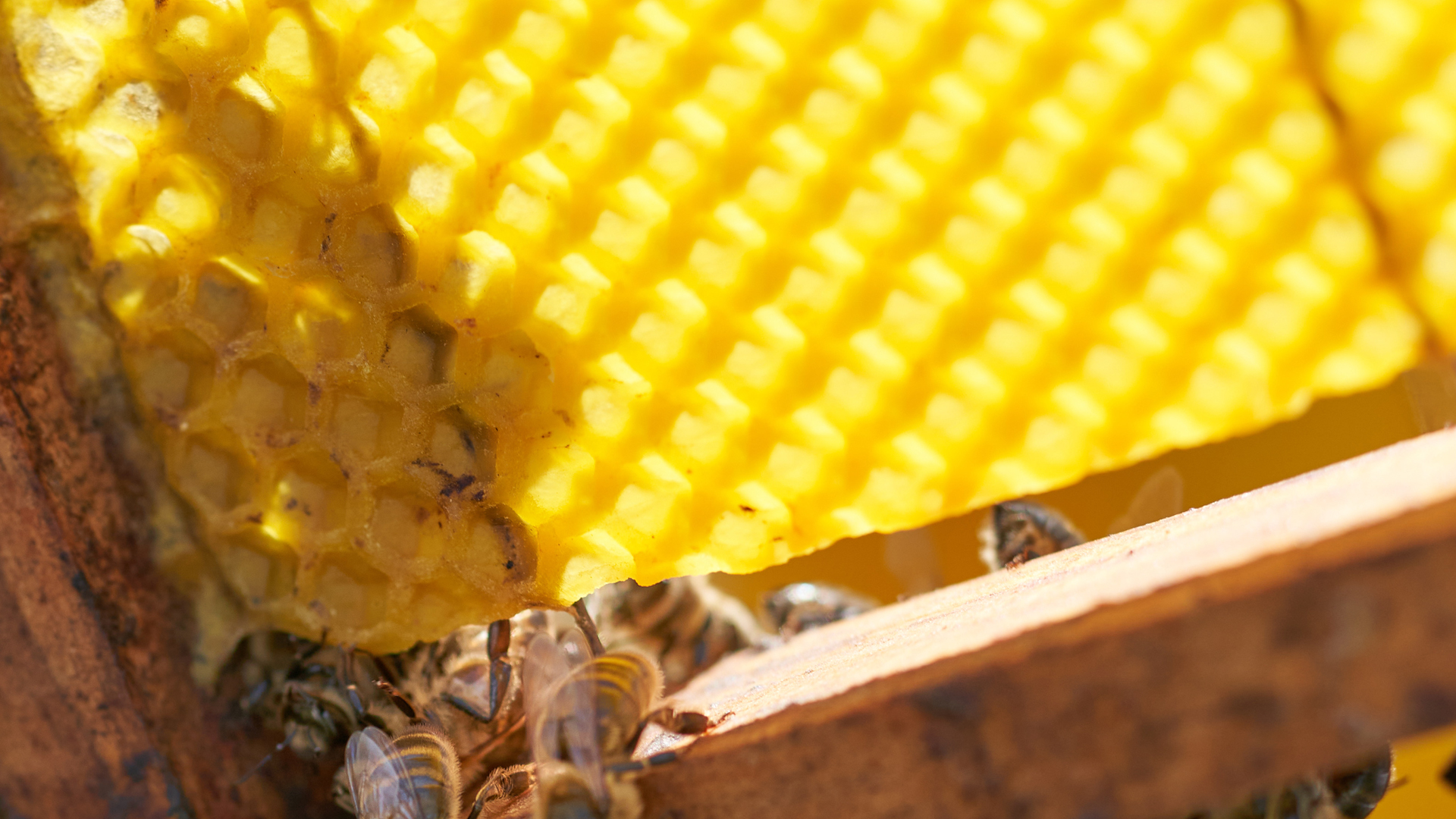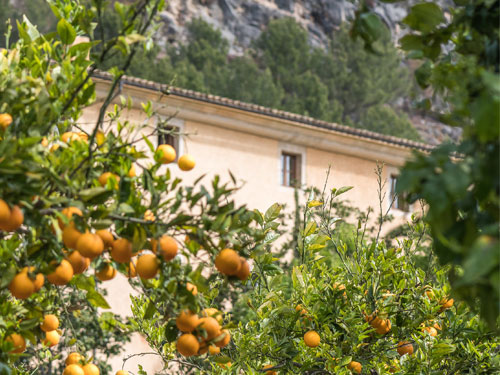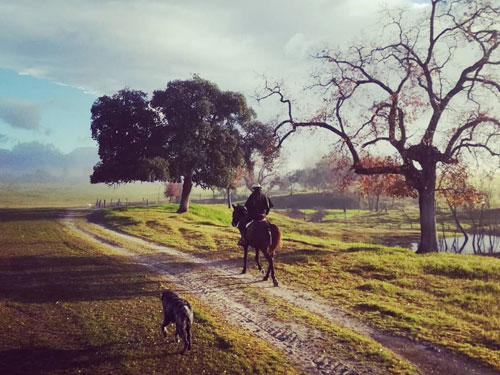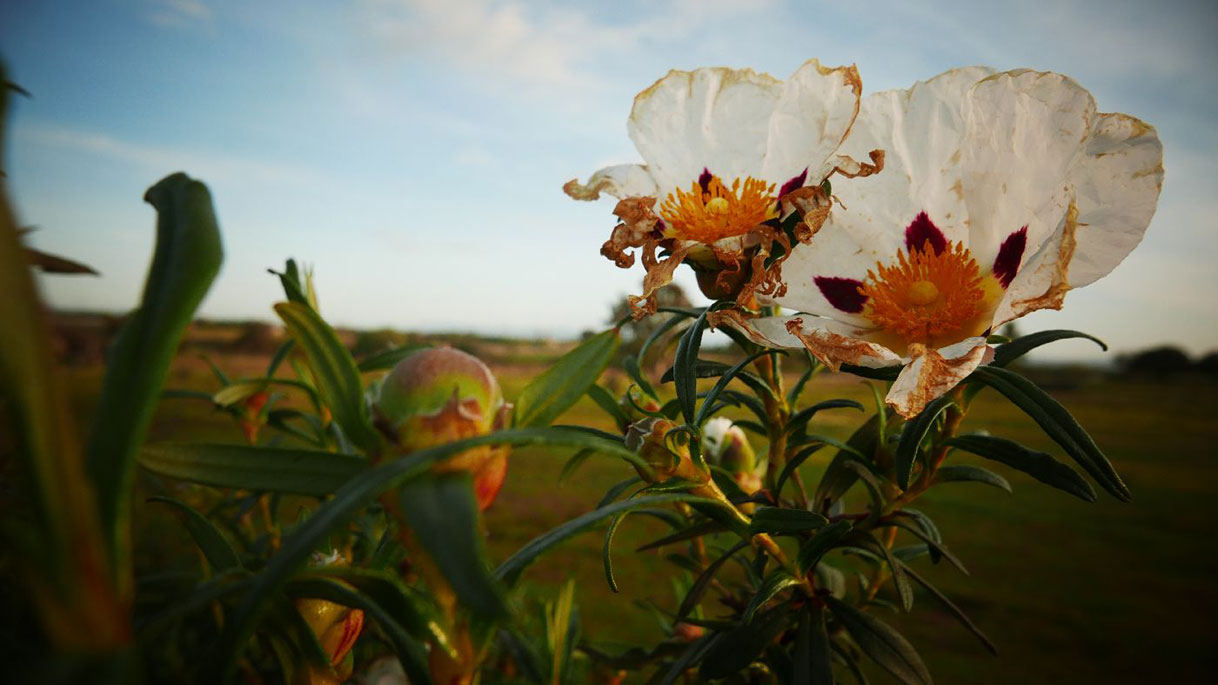
The cistus plant, and especially the gum rockrose (Cistus ladanifer), had been used since Antiquity in perfumery as a natural fixer. The most popular variety, due to the high quality of its labdanum, was exported from the south of Spain, where it covered (and still covers) large sections of the land. Nowadays there is no longer a market for it, and cistus (in Spanish jara, which is the name used in Extremadura for the areas where the plant proliferates) is synonymous with poor quality land. A bad business. Nevertheless, when I visit that region I am still amazed by those hills covered with gum rockrose, gone to waste so to speak, emitting that oddly intense smell that so captivated perfumers of bygone days.
There are many consequences to be derived from the entrance of synthetic aromas and fixers in the perfume market, but the transformation of the landscape is one of the least considered.
The person who taught me about the enormous fixating strength of gum rockrose was my father. This was a long time before I decided to get into this business. He spoke to me of it with nostalgically, referring to the gathering campaigns they did during his youth, which also helped clean the mountains and meadows of such an invasive kind of underbrush. It was a good maintenance system for the forests and the edges of agricultural areas, besides being a source of income and keeping the countryside well-kept.
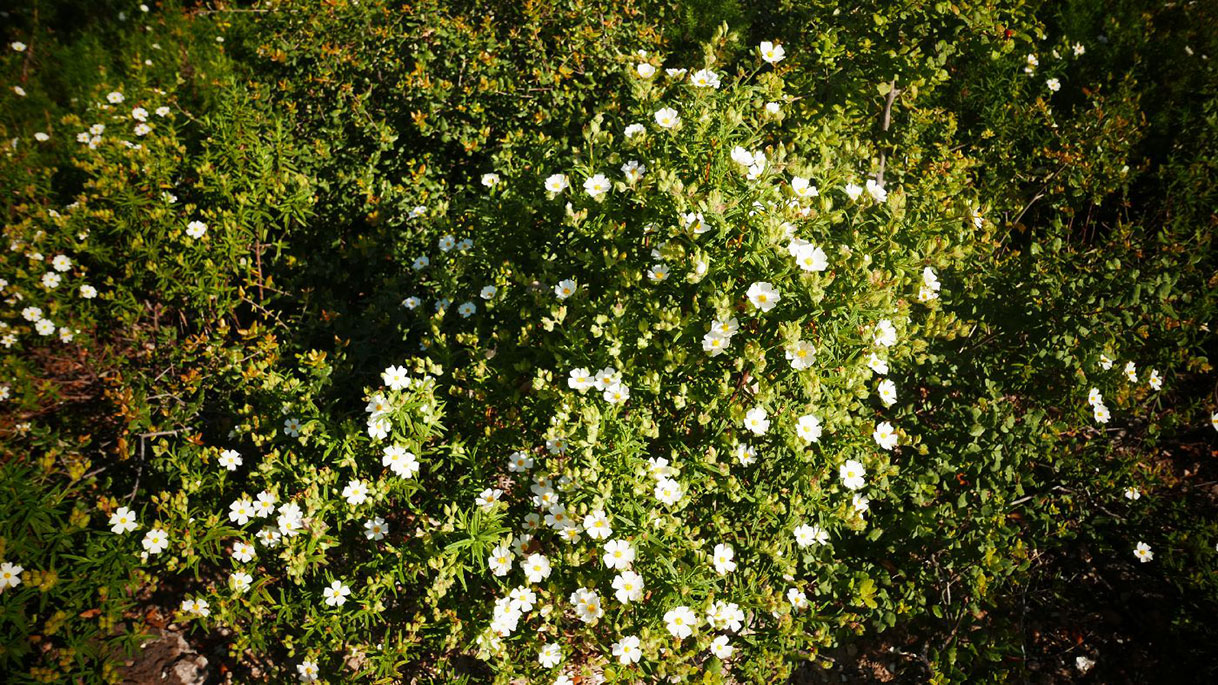
In this way I had my botanical fixer. Yet everything was not going to be so easy. Cistus, in general, has a poor yield when distilled, and you need a lot of plants to acquire the minimum volume needed. I would have to wait until a new campaign (spring 2017) to more accurately evaluate how it is going to work in my formulations. What is sure, however, is that cistus is one of the most frequent types of plants in our landscape, playing a fundamental role in the characteristic smell of the Empordà.
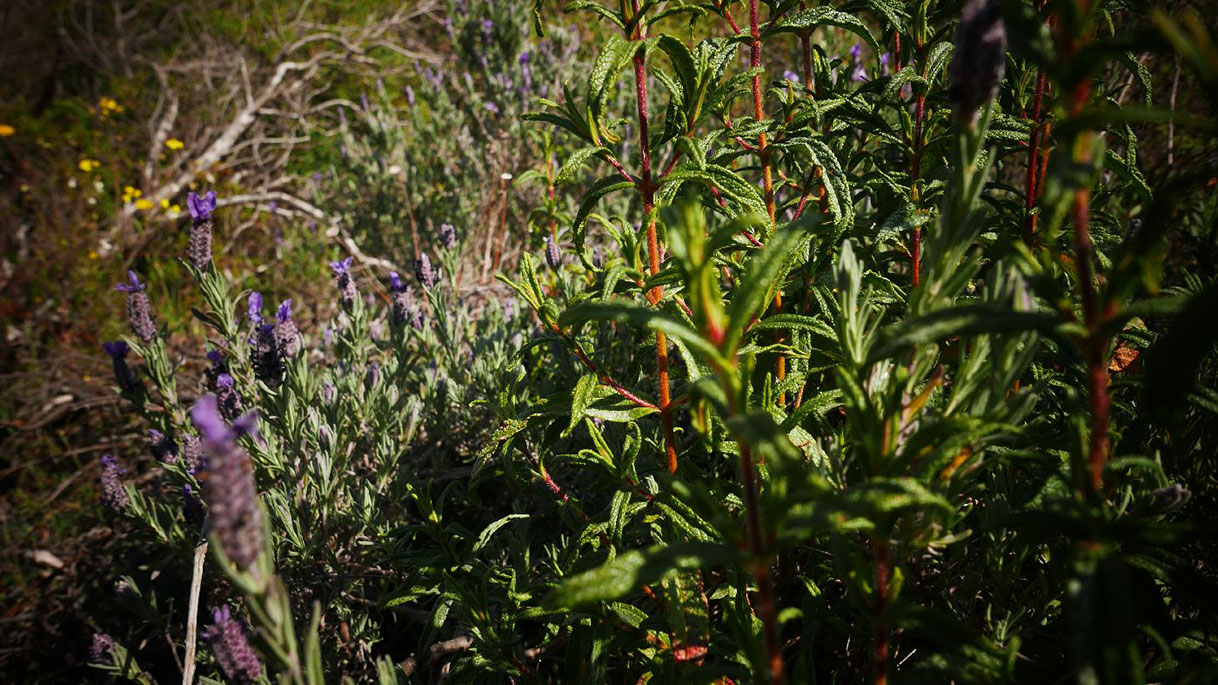
For some reason this has always stayed with me, so that when I began this project I recall how excited I was to find that Montpellier rockrose (Cistus montpeliensis), which is so abundant in the Empordà and especially on hills affected by fire, was from the same family. Although it does not fix as effectively as gum rockrose, Montpellier rockrose is the species closest to it, followed by grey-leaved cistus (Cistus albidus) and sage-leaved rockrose (Cistus salviifolius), also very frequent in this region.
The first thing that caught my eye about the plant was (this is no surprise) its intensely penetrating smell, warm and slightly sweet, somewhat musky, somewhat sticky even without touching it. To the touch it is unmistakeable, with its gummy leaves, while in the springtime it is characterized by its white flowers, contrasting with its glowing, dark green leaves.

